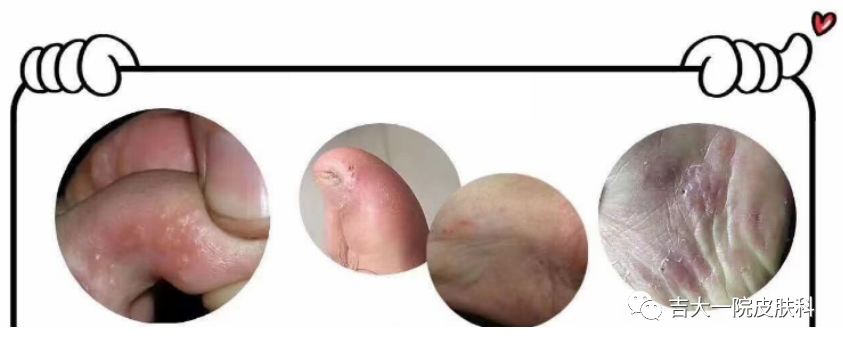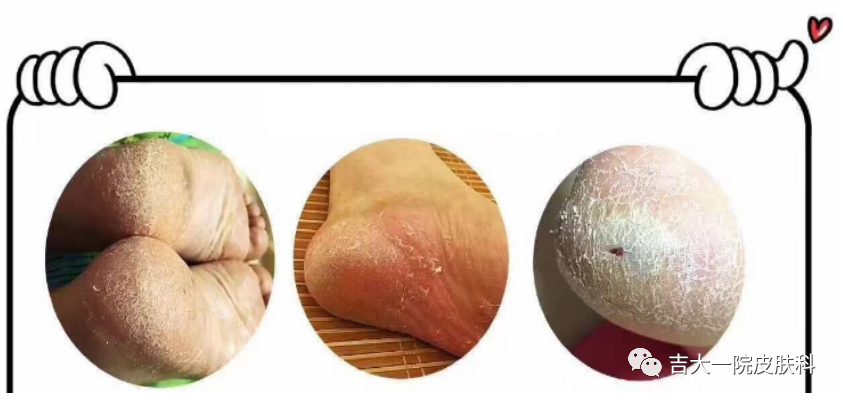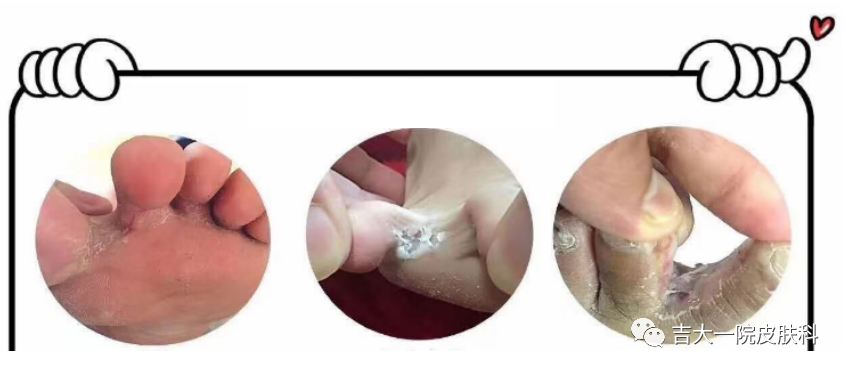Micro Science Popularization Small "Beriberi" Big Trouble
"Athlete's foot", the scientific name "athlete's foot", is the most common superficial fungal infectious skin disease, often occurs in the soles of the feet, between the toes, manifested as blisters, maceration, keratosis, desquamation, often accompanied by obvious itching, is infectious.
1. What are the clinical types of tinea pedis?
(1) vesicular tinea pedis

(2) Tinea pedis keratinosa squamata

(3) interdigital erosion type tinea pedis

2, what is easy to cause athlete's foot?
Working in high temperature and humid conditions for a long time, often need to wear non-breathable shoes.
People with poor hygiene or who do not pay attention to personal hygiene.
Obese people are prone to tinea pedis due to dampness between toes and immersion of sweat.
Diabetes patients, due to the increased sugar content of the skin resulting in decreased resistance, also prone to foot ringworm.
Long-term use of glucocorticoids and immunosuppressants can also increase susceptibility to tinea pedis.
3, what are the serious hazards of athlete's foot?
If tinea pedis is not treated in time, it may cause local infection, erysipelas or lymphangitis due to excessive scratching, which affects life and work in severe cases; Tinea pedis may also have a ringworm rash, that is, eczema-like rash on the lower limbs, trunk and other distant parts, accompanied by pruritus; Tinea pedis is contagious, can be transmitted to other parts of the body, causing ringworm, jock itch, tinea hand, onychomycosis, etc., may also be transmitted to family. Therefore, patients with tinea pedis should actively seek medical attention.
4, how to treat athlete's foot?
For those with mild symptoms, topical antifungal drugs are recommended, such as bibenzazole, terbinefin, ketoconazole, Loriconazole, amorolophen, etc., which need to be used for a full course of treatment, generally 4 to 8 weeks according to the patient's condition. Severe symptoms often require oral antifungal drugs, such as itraconazole, terbinafine, etc.
Of course, it is still recommended that you go to the hospital for a clear diagnosis of the relevant examination, and under the correct guidance of the doctor for treatment, do not blindly diagnose and treat yourself, so as not to delay the condition.
(The opinions expressed are solely those of the author. Patient pictures shall not be used without authorization of the author and the platform.)
Written by: Li Yang Attending physician, The First Hospital of Jilin University
Reviewer: Li Shanshan, Chief physician, Vice President of Dermatology Branch, First Hospital of Jilin University

